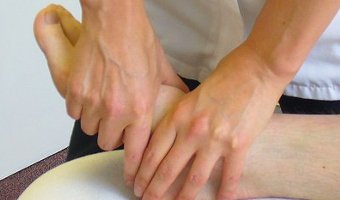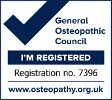Spinal stenosis occurs when the space around the spinal cord narrows – most commonly in the lumbar spine and less so in the cervical spine. As the space narrows and pressure is put on to the cord, the blood and nerve supply are pinched and everything lower down in the body from the level where the stenosis is taking place can be affected.
The narrowing can be due to osteoarthritic changes where your body starts developing new bone, particularly around the facet joints at the back of the spine, to try and support the spine. This bony growth can cause encroachment within the central spinal canal or the foramina on either side of the spine where the nerves exit to supply the arms or the legs. The ligaments can also thicken which may increase the encroachment. A much less common cause is when there is vertebral collapse.
Patients with spinal stenosis usually present with back or leg pain (of one or both legs) which is often worsened when the patient walks beyond a certain distance and eased with rest. The patient may describe a feeling of tiredness, cramping or numbness in the legs which relieves when the patient rests and draws their legs up to their chest and takes the pressure off the spinal cord or nerve roots.
Spinal stenosis is most common in the those over 50 with spinal osteoarthritis and degenerative changes, however it can occur as a result of other conditions including:
- Paget’s disease
- Ankylosing spondylitis
- Hyperparathyroidism
- Congenital reasons
For those with spinal stenosis, it is most important to be aware that, in the worst case, the pressure on the spinal cord or nerve roots can be a medical surgical emergency. This is when the cauda equina (the amalgamation of nerves at the base of the spine) is compressed. If left untreated, the patient may experience loss of bowel or bladder control and weakness or paralysis of both legs. It is therefore vital to ensure that spinal stenosis is diagnosed and treated as early as possible.
Osteopathy, often in conjunction with acupuncture or dry needling as appropriate, can be a very effective treatment for this often painful condition although it has to be appreciated that the clock cannot be turned back. As spinal stenosis is usually a chronic condition which has taken years to develop, it can take quite a bit of time to really reduce the symptoms. That said, Osteopathy can often prevent a worsening of the spinal stenosis and vastly reduce the need for surgical intervention.







